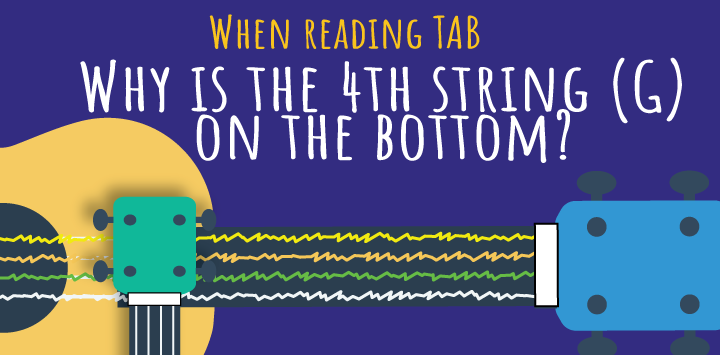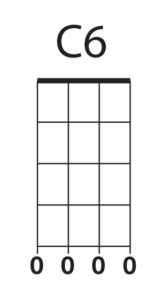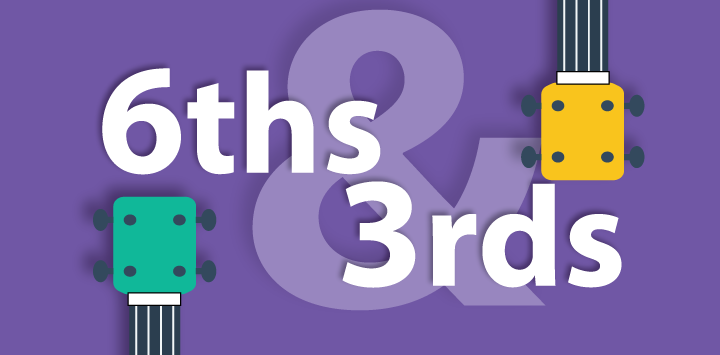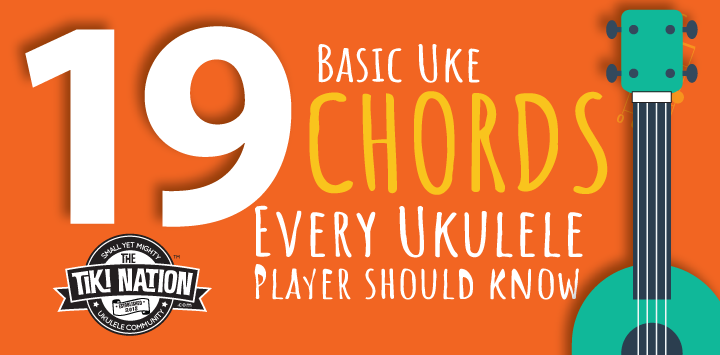
In Ukulele TAB, why is the 4th string represented by the bottom line and not the top line?
Let’s suppose we have a Low G strung Ukulele. Low G strung ukuleles have 4 strings:
String 1 (A), String 2 (E) , String 3 (C) , and String 4 (G).

Low G strung ukuleles and High G Ukuleles both are tuned to Standard C6 tuning.
Meaning we tune the strings to the notes of a C6 chord when strummed. G4 C3 E2 A1.
Low G ukuleles are tuned so the strings are in Ascending pitches, Low to High (G4, C3, A2, E1) .
High G ukuleles are tuned in re-entrant tuning. Meaning the 4th string is Higher than the 3rd string.
This is similar to a 5-string banjo, which has a high droning 5th string followed by strings 4, 3, 2 , that start at a
pitch lower than the 5th string and “re-enter” into Ascending pitches.
*****
When we read Ukulele TAB we relate it to Low G Tuning because the strings are in an Ascending Order of pitches.
Musical Scales are written from the lowest note (The Root Note) and ascend to the highest note ( The Octave) .

When we read TAB or TABLATURE, we imagine holding our ukulele flat on our lap,
looking down at it and reading it like a book from left to right.
When viewed this, the 1st (A string) appears on the top and the
Lowest or 4th string (G) appears to be on the bottom.

TAB is a simple form of musical notation.
We often see ukulele music that has both Musical Notes and TAB.
They are always stacked with the 4-line TAB STAFF below, and the 5-line Music Note Staff above.
In short:
To make Musical Notation (Note Reading) and it’s corresponding TAB easier to read together,
the lowest line of the TAB STAFF, the 4th line, is always on the bottom.
This matches the way musical notation is written. The lowest pitch is the note on the lowest line.



